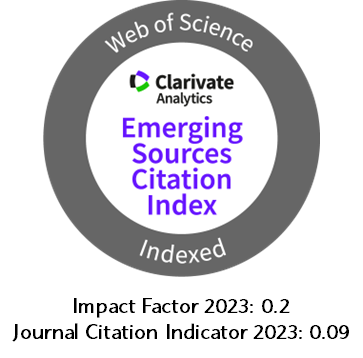Developing technology of creating wear-resistant ceramic coating for internal combustion engine cylinder sleeve
DOI:
https://doi.org/10.5377/nexo.v34i04.12689Keywords:
Wear resistance, Friction factor, Gas dynamic spraying, Microarc oxidation, ICE cylinder sleeveAbstract
This paper presents the results of testing a wear-resistant ceramic coating on the work surface of an internal combustion engine (ICE) cylinder’s sleeve. A combined coating formation technology is described that consists in applying an aluminum layer to the sleeve’s work face by gas dynamic spraying and then covering this face with a ceramic layer by microarc oxidation (MAO). A tenfold reduction in the reinforced sleeve has been determined by the accelerated comparative wear rig tests of reference (new) sleeve-piston ring coupling specimens and reinforced specimens with a combined coating. The supplementation of nanoparticle admixture to MAO coating reduces the friction factor between the cylinder sleeve face and the piston ring by 25-30%. The proposed technology can be used to reinforce work surfaces of new cylinder sleeves and recover worn out ones.
Downloads
740
Downloads
Published
How to Cite
Issue
Section
License
Copyright (c) 2021 Universidad Nacional de Ingeniería

This work is licensed under a Creative Commons Attribution-NonCommercial-NoDerivatives 4.0 International License.
The authors who publish in Nexo Scientific Journal agree to the following terms:
- Authors retain the copyright and grant the journal the right of the first publication under the license Creative Commons Attribution License, which allows others to share the work with a recognition of the authorship of the work and the initial publication in Nexo Scientific Journal.
- Authors may separately establish additional agreements for the non-exclusive distribution of the version of the work published in the journal (for example, in an institutional repository or a book), with the recognition of the initial publication in Nexo Scientific Journal.
- Authors are allowed and encouraged to disseminate their works electronically (for example, in institutional repositories or in their own website) before and during the submission process, as it can lead to productive exchanges, as well as earlier and greater citation of published works.











